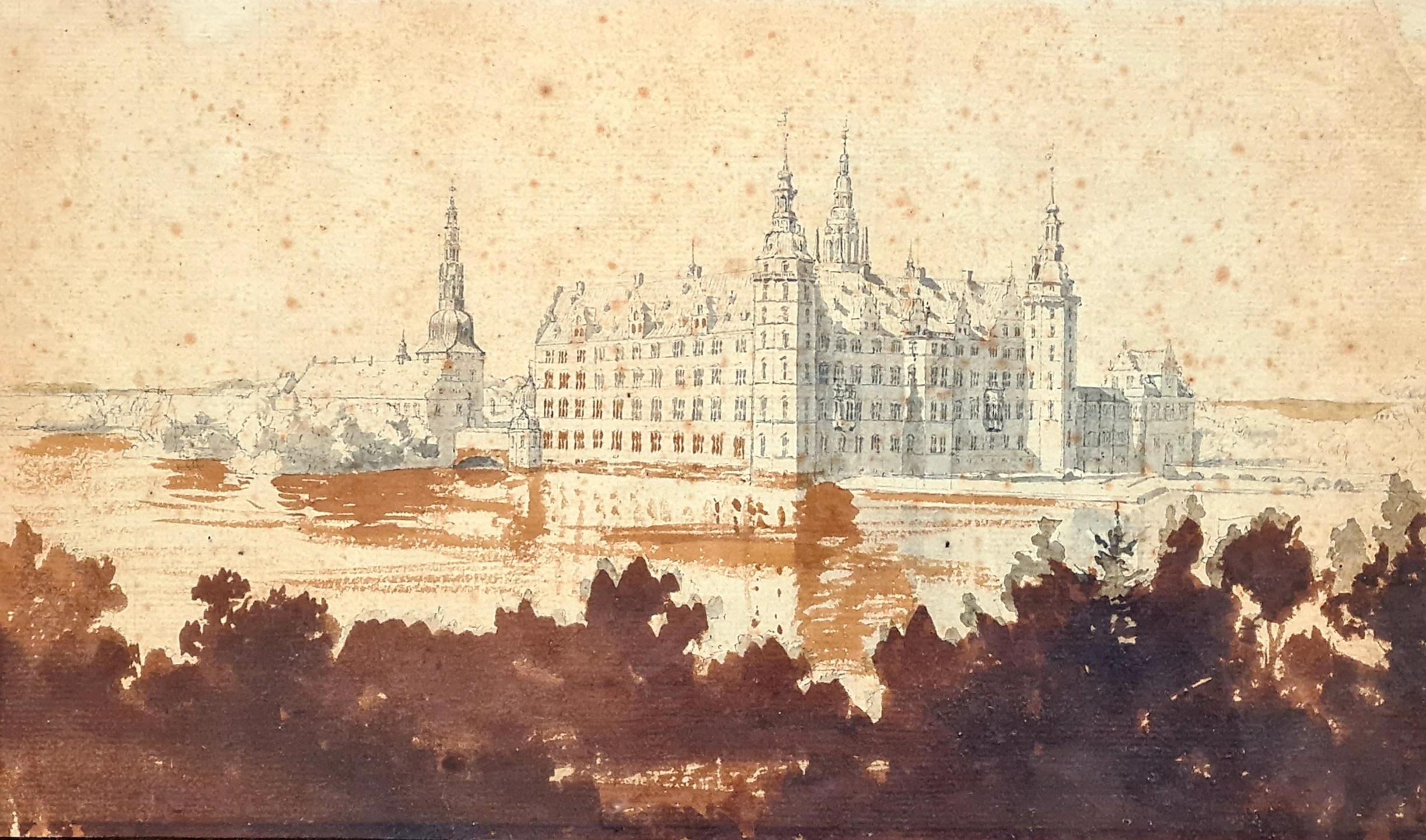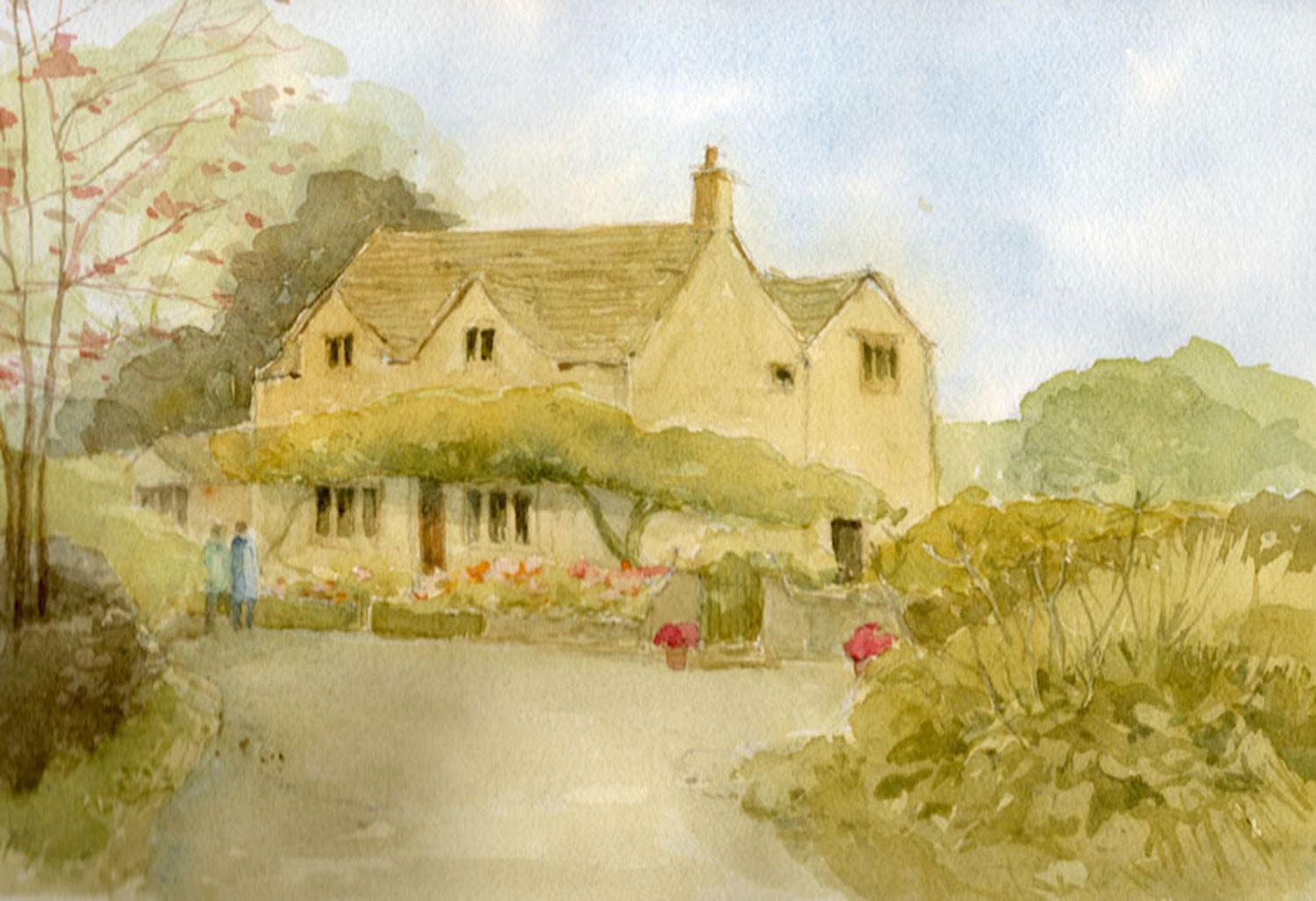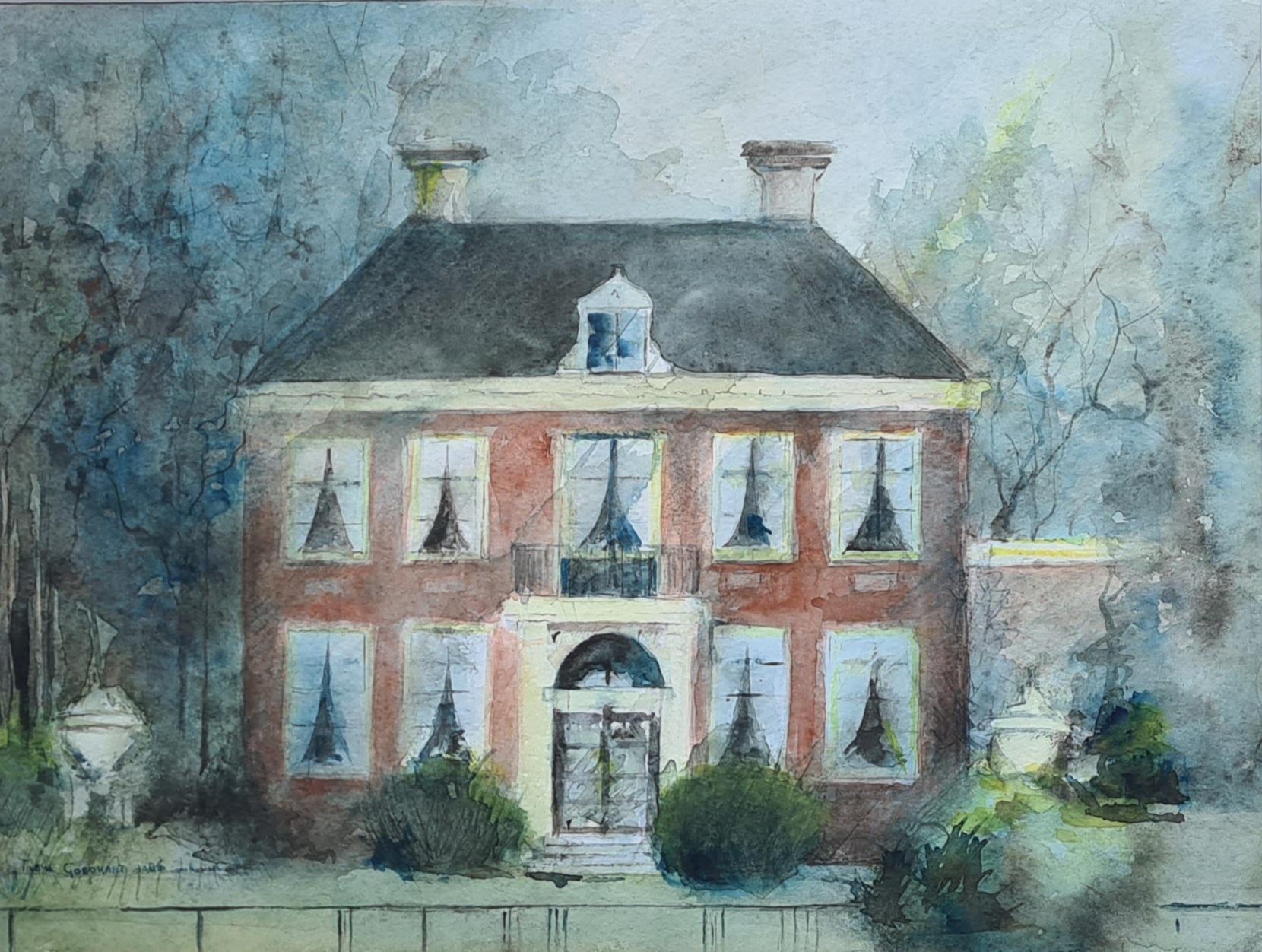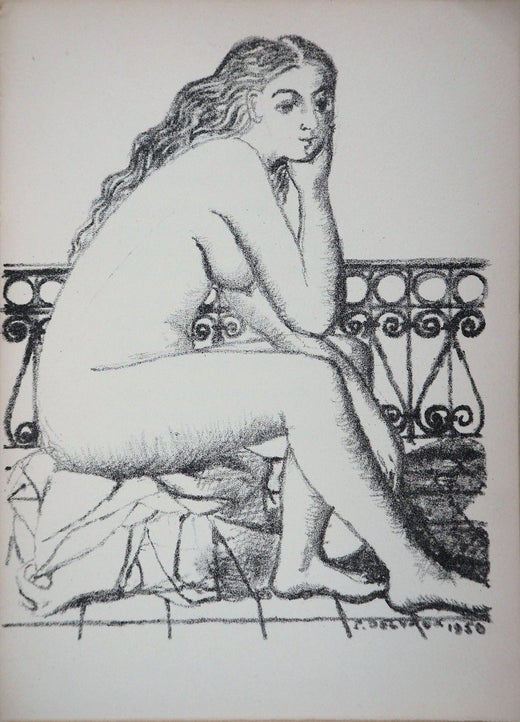Paul DelvauxLa Port De Cannes, 1930. Vieux Port, French Riviera. Côte d'Azur. Paul Delvaux.1930
1930
About the Item
- Creator:Paul Delvaux (1897-1994, Belgian)
- Creation Year:1930
- Dimensions:Height: 23.82 in (60.5 cm)Width: 33.27 in (84.5 cm)Depth: 0.79 in (2 cm)
- Medium:
- Movement & Style:
- Period:
- Condition:This vintage (nearly antique) watercolor is in very good condition, commensurate with its age. The paper surface has been cleaned before framing on our instruction, supervision and approval. The painting is ready to hang and display.
- Gallery Location:Sutton Poyntz, GB
- Reference Number:1stDibs: LU489313924112
Paul Delvaux
Paul Delvaux was born in 1897 in Belgium. He was one of the leading exponents of Surrealism, as well as one of the most popular painters of all time. He is famous for his female portraits located into mysterious surreal interiors and landscapes. In 1965, Delvaux was encouraged by Mira Jacob, a private collector of Symbolist and Surrealist paintings, to begin making lithographs. Later in 1976, Jacob published her book Paul Delvaux: Graphic Work, for which the Belgian artist produced many engravings, some of which are dry-points. Delvaux died in 1994.
- ShippingRetrieving quote...Ships From: Sutton Poyntz, United Kingdom
- Return PolicyA return for this item may be initiated within 14 days of delivery.
- Egyptian Buffalo and Farmers. Camel Rider. Egypt.American Orientalist.WatercolorBy Edwin Lord WeeksLocated in Sutton Poyntz, DorsetEdwin Lord Weeks. American ( b.1849 - d.1903 ). Egyptian Buffalo and Farmers. Egypt. Watercolor. Monogram Lower Right. Image size 5.1 inches x 8.3 inches ( 13cm x 21cm ). Frame size...Category
Mid-19th Century Romantic Animal Drawings and Watercolors
MaterialsPaper, Watercolor
- The Citadel, Cairo, The Great Mosque of Muhammad Ali Pasha. American OrientalistBy Edwin Lord WeeksLocated in Sutton Poyntz, DorsetEdwin Lord Weeks. American ( b.1849 - d.1903 ). In the Citadel, Cairo, before The Great Mosque of Muhammad Ali Pasha Watercolor. Monogram Lower Right. Image size 8.3 inches x 5.3 in...Category
Mid-19th Century Romantic Landscape Drawings and Watercolors
MaterialsPaper, Watercolor
- The Maritime District, Rotterdam. 1950s. Docklands. Canals. Churches. WatercolorLocated in Sutton Poyntz, DorsetMaurice Raoul Melissent. French ( b.1911 - d.1988 ). The Maritime District, Rotterdam. Watercolor on paper. Signed lower right. Image size 10.6 inches x 16.3 inches ( 27cm x 41.5cm...Category
Mid-20th Century Realist Landscape Drawings and Watercolors
MaterialsPaper, Watercolor
- North Coast of Cornwall, West Penwith. Cornish Atlantic Coastal Landscape 1970sLocated in Sutton Poyntz, DorsetElizabeth Rosemary Ziar. English ( b.1919 - d.2003 ). The North Coast of Cornwall, West Penwith. Watercolor. Signed. Image size 15 inches x 19.1 inches ( 38cm x 48.5cm ). Frame size ...Category
Mid-20th Century Modern Landscape Drawings and Watercolors
MaterialsPaper, Watercolor
- Fishing Boats & Fishermen on Beer Beach, East Devon. A Very Fine Watercolor.Located in Sutton Poyntz, DorsetFrederick Williamson. English ( b.1835 - d.1900 ). Fishing Boats & Fishermen on Beer Beach, East Devon. Watercolor. Signed. Image size 5.9 inches x 8.9 inches ( 15cm x 22.5cm ). Fra...Category
Mid-19th Century Victorian Landscape Drawings and Watercolors
MaterialsPaper, Watercolor
- Waterfall & Stone Bridge on the River Llugwy, near Capel Curig. Victorian WalesBy William MellorLocated in Sutton Poyntz, DorsetWilliam Mellor. English ( b.1851 - d.1931 ). Waterfall and Stone Bridge on the River Llugwy, near Capel Curig, Wales. Watercolor. Signed. Image size 18.3 inches x 16 inches ( 46.5cm...Category
Late 19th Century Victorian Landscape Drawings and Watercolors
MaterialsPaper, Watercolor
- 19th Century Architectural Danish Drawing & Watercolour of Frederiksborg CastleLocated in Cotignac, FRMid 19th Century watercolour drawing of Frederiksborg Castle by noted Danish artist Thorald Læssøe. The work is monogram signed to the back of the paper where there is another drawin...Category
Mid-19th Century Romantic Landscape Drawings and Watercolors
MaterialsPencil, Watercolor, Paper
- Elizabeth Chalmers, Lady Cottage in Nottgrove, Cotswold Art, English PaintingLocated in Deddington, GBElizabeth Chalmers Lady Cottage in Nottgrove Watercolour on paper Size: H 21 x W 30cm Signed by the artist Please note that insitu images are purely an indication of how a piece may...Category
2010s Romantic Landscape Paintings
MaterialsWatercolor, Paper
- James Ward The Fisherman's FamilyBy James WardLocated in Saint Amans des cots, FRPrecious Watercolor attributed to James WARD (1769-1859) - England, 1830-1840. The Fisherman' S Family. Measurements : View : 20"x14.6" (51x37 cm), With frame : 26.6"x21.5" (67.5x54....Category
1830s Romantic Figurative Drawings and Watercolors
MaterialsPaper, Watercolor
- Gemeentehuis Breukelen, The Dutch House, Brooklyn, BreukelenLocated in Cotignac, FRDutch Watercolour classical building portrait by Tineke Goedhart. The painting is signed and dated bottom left and resigned, dated and located on t...Category
Late 20th Century Romantic Portrait Paintings
MaterialsPaper, Watercolor, Gouache
- Historical figurative drawing of 19th century Italian RomanticismLocated in Florence, ITThe subject illustrated here is one of the moments that mark the centuries-long history of Genoa's glorious Maritime Republic, when the ashes of St. John the Baptist, one of the city...Category
1860s Romantic Figurative Drawings and Watercolors
MaterialsPaper, Watercolor, Pen, Pencil
- John Inigo Richards RA (Attributed) Landscape With Country Track & FiguresLocated in Cheltenham, GBThis late 18th-century gouache by British artist John Inigo Richards RA (1731-1810) depicts a picturesque landscape with track, figures and distant cottages. Immersed in the raucous drama of London’s 18th-century theatre scene, Inigo Richards sought solace in the British countryside. As the principal scene painter at Covent Garden Theatre, his bucolic backdrops brought colour and context to numerous plays featuring leading actors. For inspiration, he’d escape to the delights of rural England, often sketching in Kent and the home counties. Charming cottages and churches accompany dappled trees and far-reaching views. All brought back to the studio before working up a design. Alongside his ‘day job’, Inigo Richards produced landscapes in watercolour and gouache. His beautifully rendered views capture a pastoral idyll in miniature, each composition rendered with dexterity and fine detail. Note the weight of the figures here, the cattle drover...Category
18th Century Romantic Landscape Drawings and Watercolors
MaterialsPaper, Gouache




